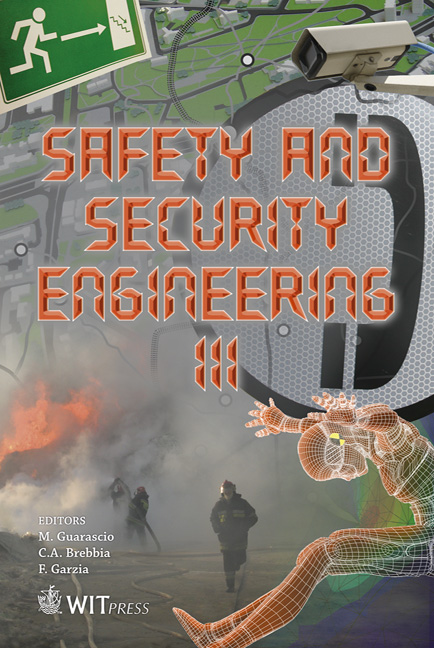Blast Effects And Protective Structures: An Interdisciplinary Course For Military Engineers
Price
Free (open access)
Transaction
Volume
108
Pages
7
Page Range
293 - 299
Published
2009
Size
239 kb
Paper DOI
10.2495/SAFE090281
Copyright
WIT Press
Author(s)
M. Z. Zineddin
Abstract
The increase of terrorist threats over the last decade highlighted the need to protect both civilian and military facilities from explosive accidents or hostile activities. We have observed an increasing need to protect against industrial explosive accidents, criminal activities, and social/subversive unrest. This problem may, in fact, exceed the previous reasons for addressing blast effects and protective structures (i.e., military-sponsored work on fortifications). Obviously, the future of engineering education programs has to be shaped accordingly. Careful attention must be devoted to typical modern civilian and military facilities whose failure could severely disrupt the social and economic infrastructure of nations. Therefore, military engineers need to: ● Know how to assess threats, hazards and abnormal energetic loading incidents. ● Have knowledge of how such facilities (office buildings, schools, hospitals, power stations, industrial facilities, etc.) behave under blast, shock, impact, and fire loads. ● Know how to design such facilities to protect lives and property. ● Know how to conduct effective rescue operations and forensic investigations. This elective course on blast effects and protective structures is aimed at addressing a broad range of technical issues dealing with mitigating the severe loading effects associated with abnormal loading incidents (e.g., blast, shock, impact, etc.). This elective course will employ extensive course notes, references, various manuals, other handout materials, and a collection of computer applications to be used by engineers. Keywords: blast effects, protective structures, military engineers, USAFA.
Keywords
blast effects, protective structures, military engineers, USAFA





